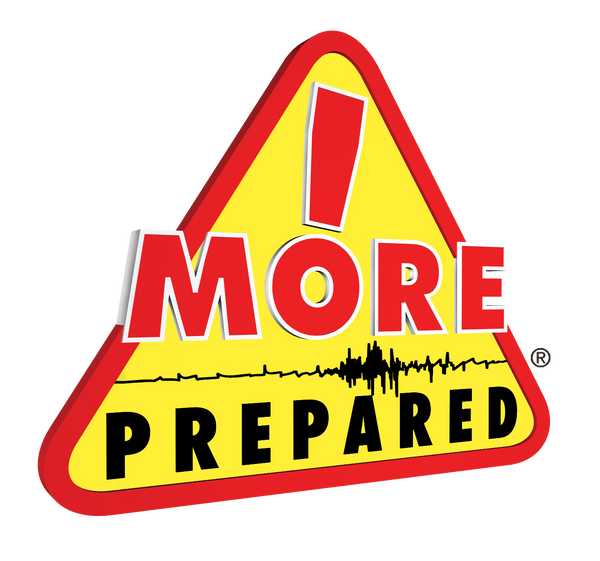Even When the Pandemic Ends, These 3 Food Supply Issues Will Continue
More PreparedShare
Cities around the country are relaxing lockdown measures and slowly opening back up following the COVID-19 outbreak. Even though we will finally be through this 2020 nightmare eventually, there is one issue that could rear its ugly head - and it’s one that not many people are talking about. There is a possible upcoming food crisis coming, with experts saying how the supply chain has been breaking since April. There are major issues and breakdowns with the American food supply system, and the COVID-19 pandemic has been exposing them more than ever before. It might get worse before it gets better, but it’s important to understand what these 3 key food supply issues are so we can properly prepare ourselves.
Our Food Supply Chain is Scattered Worldwide
Unless you are buying your food from farmer’s markets straight from the producers, there’s a good chance what goes on your dinner table has traveled overseas. Many produce items like apples, avocados, bananas, lettuce, tomatoes, rice, and so on, are grown in countries like India and China. These growing locales are prone to weather issues and soil conditions. Additionally, massive amounts of transportation are required to get our food to our plates. This issue was massively exposed as a result of the coronavirus, as imports were way down because transportation was drastically reduced or downright stopped in much of the world. This issue won’t magically go away once the pandemic finally ends. It could get worse, depending on what occurs with tariffs, import and trade agreements, and so on.
Supply and Demand Often Don’t Align
Millions of Americans have food insecurities - yet billions worth is thrown out and left to rot. If a farmer grows a crop of rice and places it a 50-pound bag, it likely won’t sell on grocery store shelves, for example. Most farmers aren’t in the position to change their food processing operations, which could mean buying expensive new equipment, upending their labor system, as well as negotiating with grocery distributors. This means that there are fewer farms, and the large ones continue to scale up as they can meet the ever-changing consumer demand. This brings us to our third point.
A Handful of Large Corporations Control Most of the Food Supply
A century ago, there were over 6 million farms in the U.S. Now, this has been cut down to about 2 million or fewer. This is largely due to technological advances like complex and expensive agricultural equipment as well as reduced produce prices. This resulting vacuum caused major corporations to take over the vast majority of our food supply. If one of these big companies are forced to shut down or scale back their agricultural operations, this causes major food shortages. For instance, Smithfield Foods, the world’s largest producer of pork, was forced to close some of its processing facilities due to the COVID-19 outbreak. This caused a national meat shortage of up to 10% - as a result of just a few plants. More Prepared Has You Covered While our food supply chain issues are troubling, you can rest assured with a purchase of emergency food supply kits from More Prepared. We offer emergency food supply kits with a variety of food types, including freeze-dried and organic meal kits. These kits come with a 5-30 year shelf life and will help give you peace of mind during these uncertain times.

